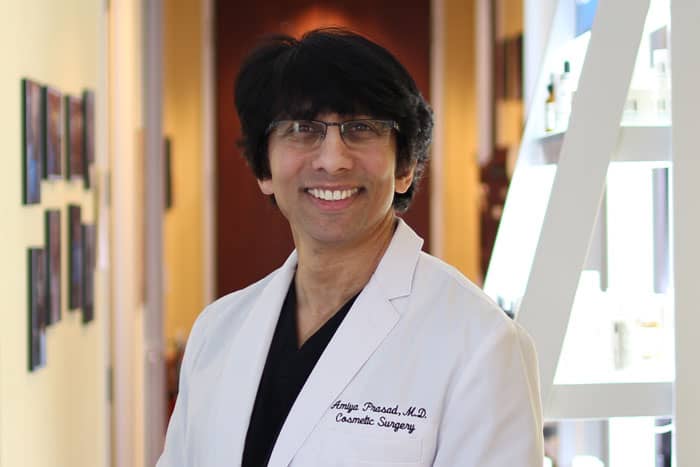Collagen Induction Treatment: What It Is, Benefits, and Limits
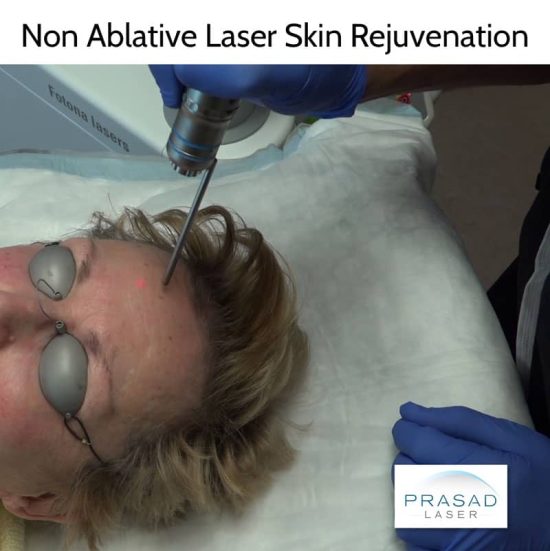
It is well known that healthy skin contains a protein known as collagen. It is widely recognized that collagen in the skin gradually depletes with age. This, of course, has provided several opportunities for corporations to offer goods and procedures that rebuild collagen in your skin. The commercialization of lotions, supplements, and devices has led to numerous myths concerning collagen. I’ll go over some basic collagen ideas and how I help my patients with their skin in my clinic.
Where does collagen actually exist in the skin?
The skin on the face is around 2 mm thick, but the skin on the eyelids is just about half a millimeter thick. The deeper skin layer called the dermis serves as the foundation of the skin.
Collagen can be thought of as protein cables that serve as the foundation for the skin. As previously discussed, aging is a natural cause of collagen loss.
In the medical world, it is widely acknowledged that beyond the age of 20, you lose 1% of your skin’s collagen each year.
There are other variables that can reduce the collagen in your skin, which include: smoking, excessive sun exposure, indoor tanning, a variety of medical problems, particularly those linked to systemic inflammation, nutritional deficiencies, and environmental pollutants.
The takeaway lesson is to start by focusing on measures to slow the rate of collagen loss.
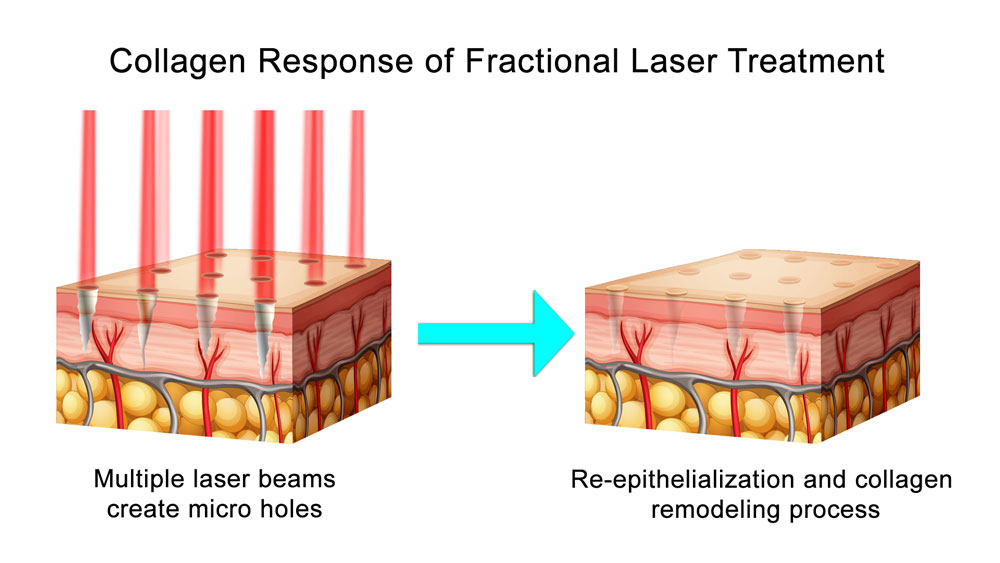
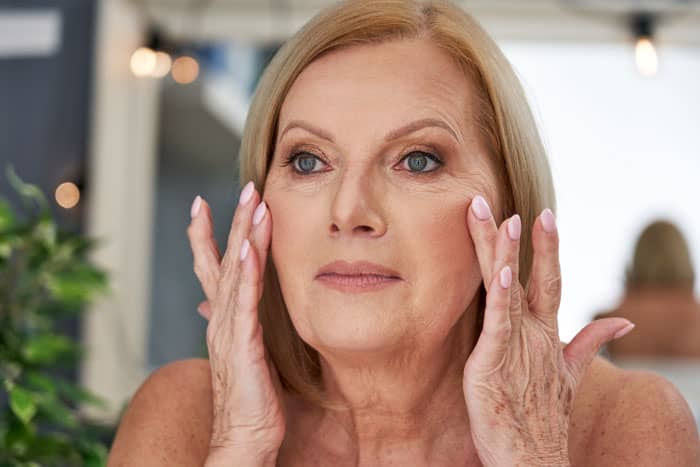
Are Collagen Creams and Capsules Effective?
Understanding that collagen is a protein produced by the body should serve as a guiding principle for addressing two frequent unproductive habits. The first step is to apply lotions, which are typically highly expensive, and claim to contain and supply collagen to your skin. These creams may be good moisturizers, but they can’t carry collagen to the dermis.
The moisturizers and concealers in the product may cause fine wrinkles to appear to improve immediately after application. Most over-the-counter creams are cosmetics, not medications. They’re sold with slick marketing and appealing packaging. Put these same items in no-frills packages, and you’ll only have generic moisturizers.
A comparable concept is the marketing of collagen capsules as a supplement. The premise is that taking collagen capsules or pills will provide collagen to your skin. As previously stated, collagen is a protein. A protein is composed of amino acids. As with any protein, your digestive system breaks it down into amino acids, therefore there is no advantage to taking collagen capsules over any other protein source with a similar amino acid makeup.
Facial Aging: More Than Skin Deep
It is widely believed that facial aging is limited to the skin. This assumption is supported by decades of cosmetics advertisements, but this is not the case. The most major consequences of facial aging occur at the structural bone level, which is thoroughly documented in medical literature.
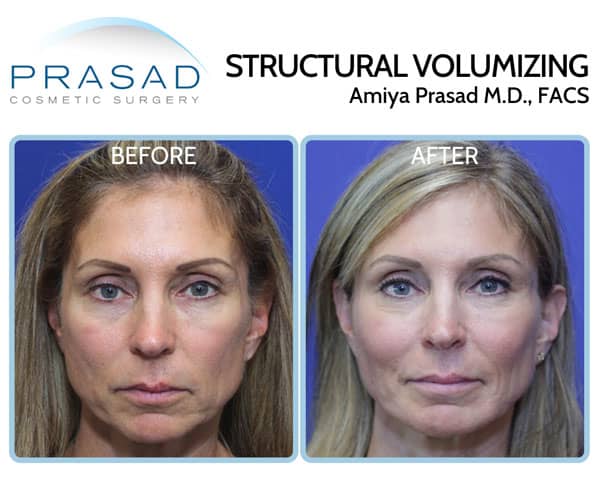
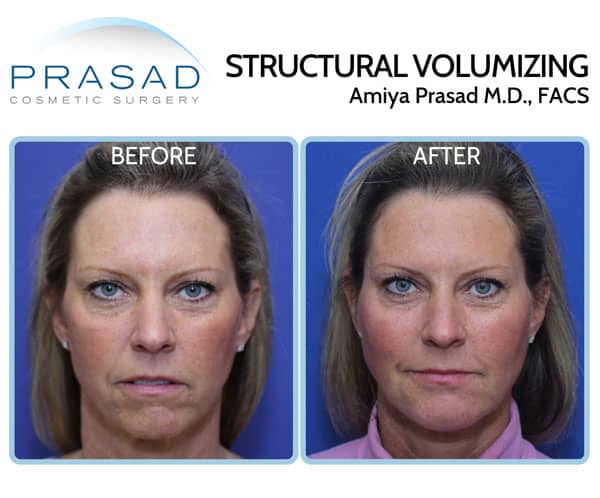
Volume reduction greatly affects the appearance of your skin. Using this knowledge, I approach facial rejuvenation from the inside out. For example, I commonly do a treatment in which I place long-lasting hyaluronic acid fillers at the bone level.
This involves using the concepts of face implant surgery in the insertion of fillers. We call this Structural Volumizing (Y lift). Volume restoration improves the appearance of the skin and restores facial equilibrium.
Youthful skin has an even hue, smooth texture, and gloss. Again, thinking of skin from the inside out, it’s important to understand that the soft and youthful appearance of younger skin is caused by not only the epidermis and dermis, but also the subdermis, a layer of fat and blood supply beneath the skin. A healthy subdermis is essential for good skin.
It is a frequent misconception that skin is merely a covering for your body, while in reality it is a structure with nerves and a blood supply – it is a living organ. This means that your overall health and lifestyle have a direct effect on your skin, just as they do on your heart and lungs. Simply said, stress management, exercise, a good diet, and avoiding cigarette smoking and excessive sun exposure are all beneficial to your skin.
Benefits of PRP on Improving Skin Quality
In my practice, I address my patients’ subdermis with PRP or platelet-rich plasma. PRP, or platelet-rich plasma, is a concentrated form of wound healing and growth factors found in your blood that are recruited for injury repair, such as when you get cut. This improves both the blood flow to the skin and the quality of the fat cells located right underneath the dermis. When you look at someone who is young, their skin has a velvety and shiny aspect that is commonly referred to as “baby fat”.
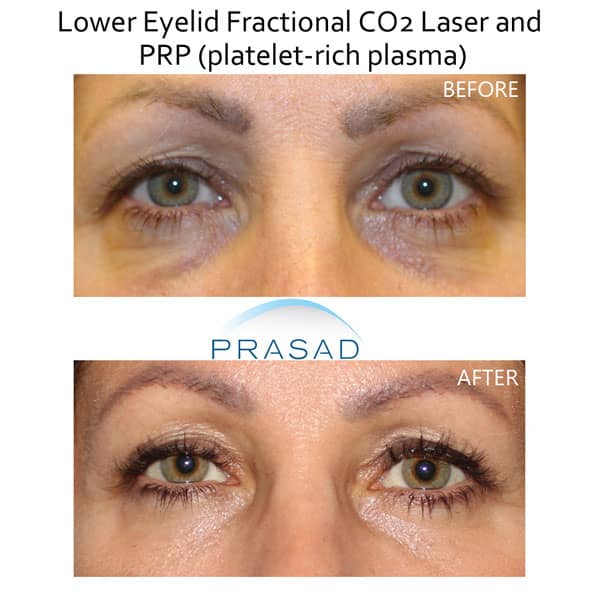
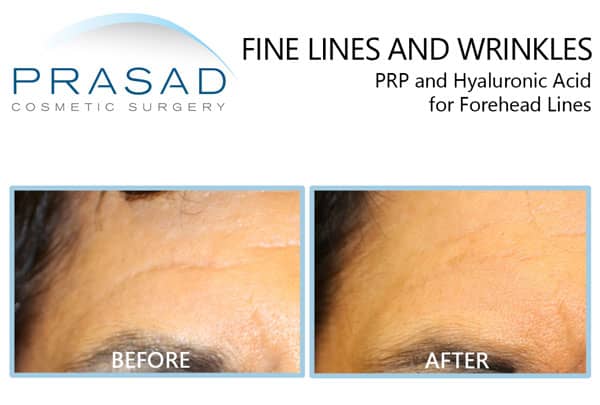
Given this, it’s logical to deliberately use PRP to improve the quality of your skin at the subdermal level.
The level of the epidermis and dermis, which is approximately 2 mm thick, or what we see from the outside, is where the cosmetics industry, injectables manufacturers, laser and related technology industries, and, of course, professional medical retailers all claim to have the ultimate solution for this 2-mm thick structure.
This is where all collagen induction efforts are aimed. Whether it’s microneedling, dermabrasion, laser, ultrasound, or radiofrequency, the purpose of each therapy is to stimulate collagen production in your skin.
The Side Effects and Limits of Collagen Induction Therapy
This is based on the skin’s ability to generate collagen in response to an injury. I’ve noticed that when I visit patients who have had one highly vigorous treatment, such as high frequency ultrasound (HIFU), which heats the skin to a high temperature, and is characterized as extremely painful, their skin appears thin. These same patients believe they look older after this procedure.
The same definition applies to those who have undergone repeated laser treatments by different practitioners. When each technology causes harm to the skin to stimulate collagen creation, can anyone wonder whether the skin has the capacity to respond well to the treatment?
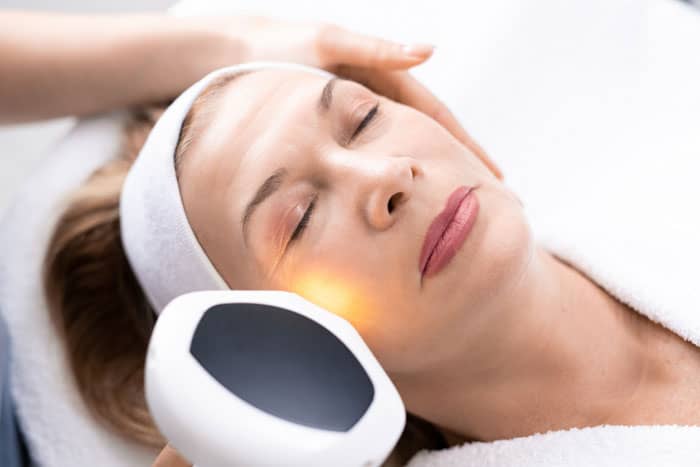
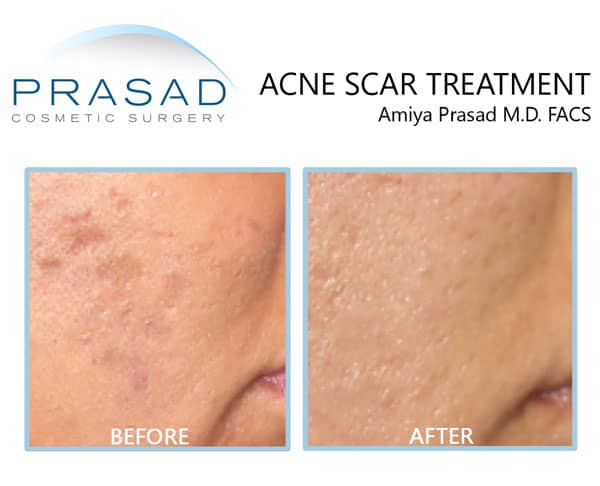
That question does not appear to be asked, and there is a more hopeful wait-and-see approach. In states like New York where I operate, there is no regulation requiring only licensed practitioners such as doctors, to do these treatments. As a result, numerous non-physicians have been delegated or are operating independently without the advantage of an experienced MD directly overseeing the patient’s treatment.
How is Collagen Induction Done?
In my practice, I do a thorough history and physical examination, as well as high resolution digital pictures with techniques such as backlighting for patients with acne scars. With so many gadgets being offered that claim to induce collagen to the point where the face can be lifted without surgery.
I provide my patients a thorough explanation of my inside-outside approach. This includes understanding bone volume loss, fat and volume loss in the subdermis, and the unique properties of the dermis and epidermis. Given that the skin is just 2 mm thick, and the health of the subdermis are critical, I aim to develop a treatment plan that considers the long-term impacts and benefits. To have a successful plan, there are some fundamental parts to treatment that every patient I visit requires:
1) There should be minimal discomfort
2) There should be minimal or no downtime
3) There should be a highly predictable outcome
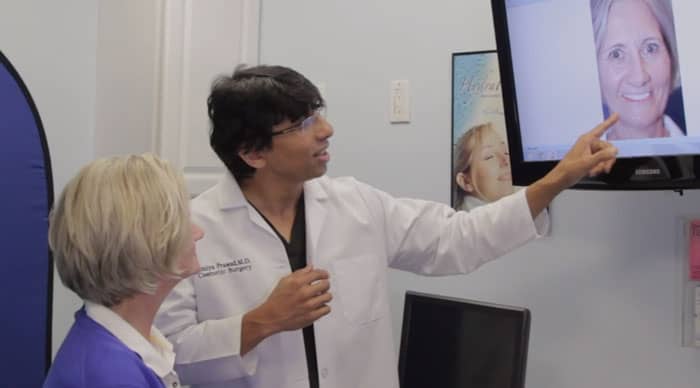
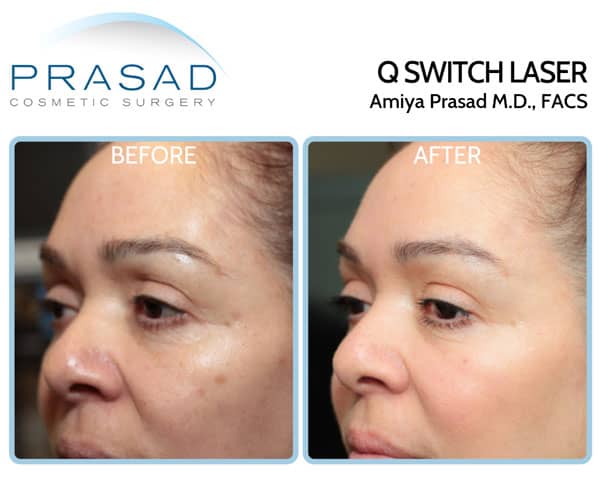
In terms of equipment that improve skin quality through collagen induction and remodeling, I use radiofrequency and long pulsed Nd:YAG laser technologies. These devices use progressive temperature increase to induce collagen formation and remodeling, resulting in skin tightness, and fat reduction as required. Both of these technologies are highly tolerated, and patients return for further treatment without reluctance.
The dermis is the layer of skin that serves as a foundation for the epidermis. When this foundation is weakened, lines and wrinkles appear. I typically employ non-ablative laser technology, which induces collagen remodeling without destroying or making holes in the top layer of skin. In addition, I employ this technology to address discolorations, which are frequently connected with fine wrinkles and collagen loss produced by prolonged sun exposure.
What is the downtime for collagen induction therapy?
For milder collagen induction treatments, there is no downtime, but I can help my patients improve their skin thickness and color through laser skin toning. To avoid scorching or over-traumatizing the skin in order to induce more collagen, I devised a method known as Skin Boosting in which I employ micro channel technology to deliver PRP and hyaluronic acid directly to the dermis with no bleeding or bruising.
I’m generating significant collagen formation and boosting skin quality through increased circulation without causing any skin damage. I frequently employ laser technology on parts of the skin such as the eyelids, such as the long pulsed Erbium laser and the fractional CO2 laser.
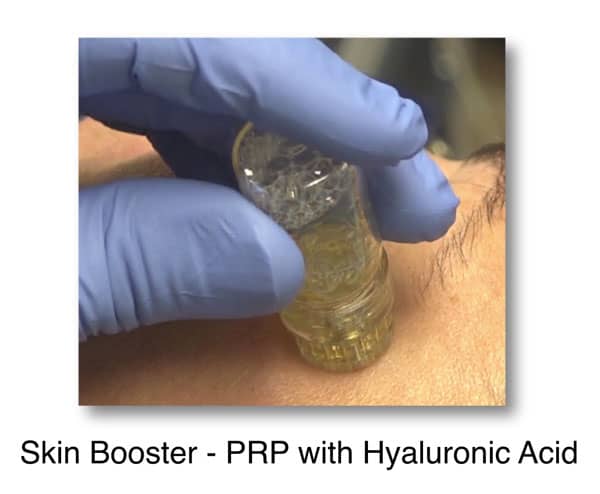
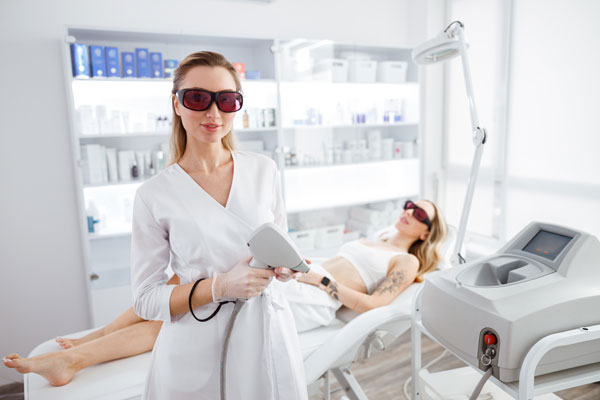
Throughout my career, I’ve observed a trend where industry first influenced doctors’ purchasing devices such as lasers by hiring so-called thought leaders in dermatology to peddle their devices.
In the past several years, they’ve taken it to a new level where they create brands fpr devices, and market them aggressively to consumers to create pressure on doctors to buy or lease them.
This creates more of a business transaction-focused attitude toward people who seek to have the latest and greatest procedures. Paid celebrities further create even more hype.
I see this as hijacking the judgment of the physician for profit and effectively forcing practitioners to feel obliged to get these devices, who then push their patients through treatments to meet their financial obligations.
I look at things in a simple way – if a laser or device is going to be useful, I don’t lease it, I buy it outright. I look at the technology as a tool, which I use when it’s appropriate, not because it’s literally the “hot” treatment of the week.
For medispa or any practice where surgery or other options are not available and that “hot” treatment of the week is now a monthly expense, well, you know what the “best” option for anyone who walks in will be.
As a surgeon focused on facial aging solutions, I provide my patients with a comprehensive approach without any bias. I look at achieving healthy skin the way I look at muscle building – apply safe and predictable approaches, and always think long term.
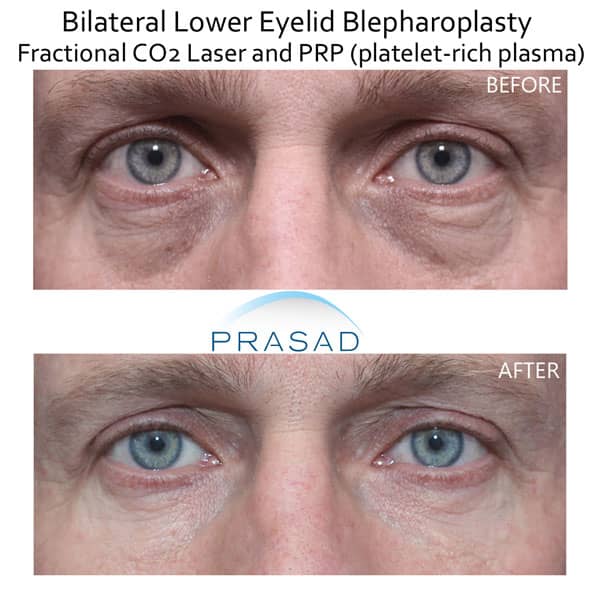
Collagen Induction Therapy Manhattan, NYC and Garden City, Long Island New York
Dr. Amiya Prasad is a Board-certified cosmetic surgeon, and Fellowship-trained oculofacial plastic and reconstructive surgeon. He’s been in practice in Manhattan, and Long Island for over 25 years. Facial skin rejuvenation has been an important part of his practice throughout his career. In fact, one of the first injectable products he used was Zyderm and Zyplast, which were referred to as collagen injections. It is routine for him to perform rejuvenation procedures such as facelifts, eyelid surgery, and implant placement. Whether it is part of a surgical rejuvenation or an office procedure, he routinely performs various treatments to stimulate collagen, including lasers, radiofrequency technology, microneedling, Skin Boosting, platelet-rich plasma (PRP), and platelet-rich fibrin (PRF).
To schedule an appointment, fill out the contact form below or call any of our offices in Manhattan at (212) 265-8877, Garden City Long Island Office at (516) 742-4636, or Vienna, Virginia, at (703) 356-1336 or (703) 821-2683.

